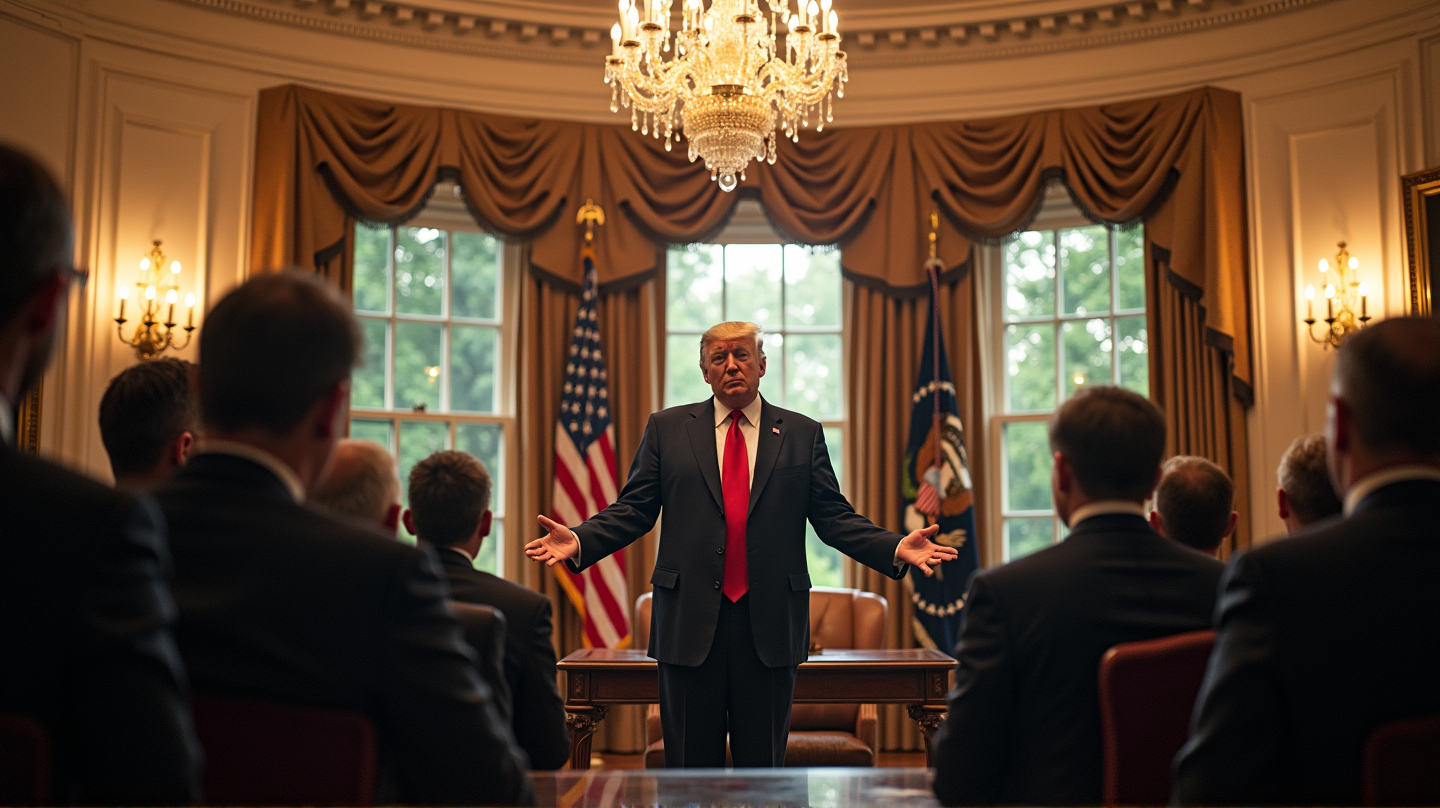Trump’s 19th-Century Economic Revival: Tariff Tactics

A Bold Economic Maneuver Shakes the Global Market
In a surprising twist, America’s economic policies have taken a nostalgic turn, reminiscent of the 19th century, under the leadership of Donald Trump. On April 2nd, with the regality of the Rose Garden setting, President Trump announced significant tariff increases affecting all international imports, particularly targeting Asian markets with steeper tariffs.
These sharp increases are seen as a strategic move to address perceived injustices in international trade and to fortify America’s economic walls. The tariffs, 10% on all imports with additional reciprocal hikes, aim to shield American industries and assert economic independence. This drastic shift has prompted reactions across the globe, reshaping trade relations and economic strategies.
Historical Echoes in Modern Policy
Trump’s decision mirrors historical protectionist policies, drawing a direct parallel to the late 1800s. According to The Economist, this throwback approach raises questions about the future of free trade and its global implications.
Stakeholders worldwide are watching closely as the reverberations of these tariffs are felt in various sectors. Proponents argue it will revitalize American manufacturing; meanwhile, critics warn of escalating trade wars and economic isolation.
Impact and Global Reaction
Asian Economies Particularly Affected
The largest impact is expected across Asia, where businesses brace for a cascade of economic effects, from increased manufacturing costs to disrupted supply chains. Countries historically reliant on exporting to the U.S. are reassessing their economic strategies in the face of these newly imposed hurdles.
Domestic Repercussions: Economic Growth and Inequality
Domestically, the new tariffs may stifle economic growth, accentuating issues like inflation and inequality. However, Trump and his administration are betting on a long-overdue economic renaissance that positions America as a self-reliant powerhouse.
Navigating the Tariff Landscape
As the global market adapts to these changes, America’s allies and competitors alike are called to reevaluate their positions. The courage and resilience of other free-trading nations, such as those in Europe, will significantly influence how they handle the United States’ aggressive economic stance.
Prospects for the Global Economy
The broader question remains: Can the world accommodate such an abrupt pivot in one of its largest markets, or will these tariffs ignite a cycle of retaliations and negotiations leading to new trade dynamics?
In essence, Trump’s redistribution of America’s trade policies back to the 19th century may be a gamble that either fortifies national interests or unfurls a new era of global trade tensions. Only time will reveal the full impact of this daring decision.